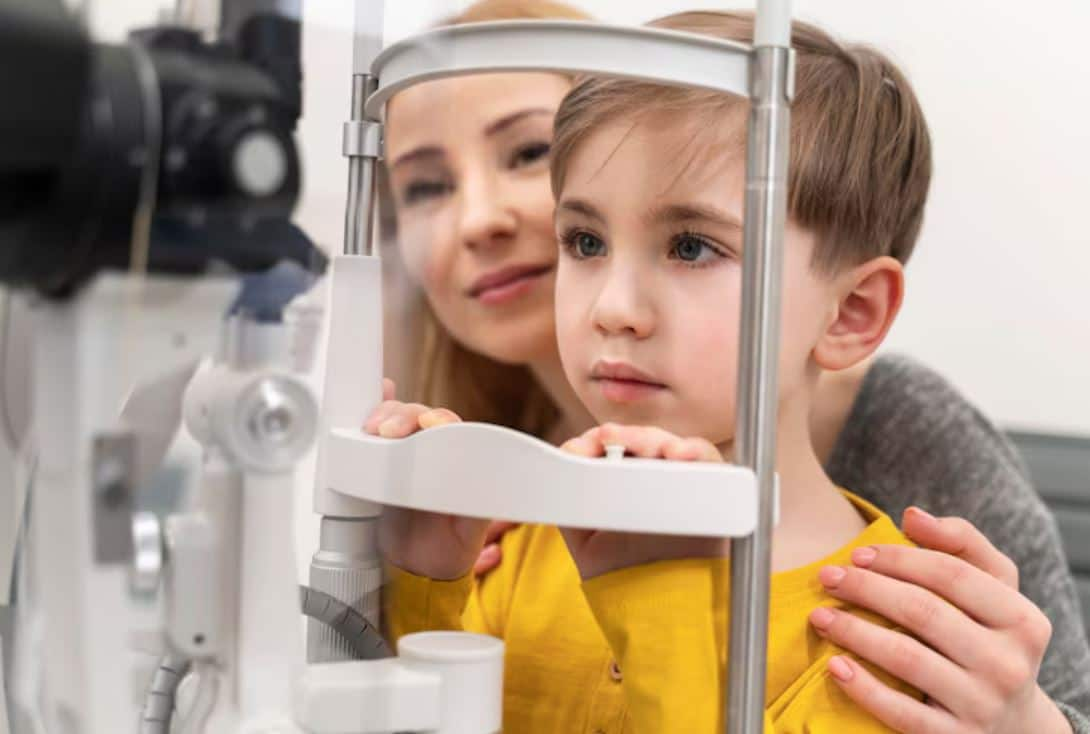Digitalisation is rapidly altering each aspect of our day-to-days reside, whether or not it’s monetary, service, schooling and studying, dwelling leisure, or medical care. While the digital transformation has really made discovering extra obtainable by bringing class proper into our properties, it has really moreover elevated main worries regarding its impact on youngsters’s eye well being and wellness.
Dr Amod Nayak, Dr Agarwals Eye Hospital, Whitefield, Bengaluru, claims, “The rise in online learning was accelerated by the COVID-19 pandemic, which coincided with a noticeable increase in CHILDHOOD MYOPIA (near-sightedness).” Virtual class have really ended up being a element of modern-day schooling and studying, it’s important to acknowledge the impact of extended show time and minimized exterior activity on our youngsters’s aesthetic development.
The Digital Dilemma
Dr Amod discusses, “Myopia occurs because of increased axial length, causing distant objects to appear blurry. Although genetics plays a role, environmental factors, particularly near work and lack of outdoor time, are major contributors. Online learning demands hours of screen-based near work, with little interruption. Because of which, children are spending more time indoors, staring at digital devices, and less outdoors with exposure to natural light.”
.
.(* )from nations like
Studies, China, and Singapore, areas at present preventing excessive costs of nearsightedness, report an increase in cases all through the pandemic lockdowns. A 2021 analysis research launched in JAMA South Korea found that the incidence of nearsightedness in youngsters matured 6 to eight boosted by roughly 3 occasions contrasted to pre-pandemic levels. Ophthalmology patterns are being noticed worldwide.
.
. Similar
The Mechanics Behind Digital Eye Strain
claims,
Dr Amod
.
.(* )
.
. “When children focus on screens continuously, the eyes are in constant near-focus, which increases the risk of myopia progression. Compounding the issue use of devices with small screens and poor posture, and artificial lighting.” show direct publicity moreover brings about digital eye stress, certified by dry pores and skin, frustrations, and obscured imaginative and prescient, which, although not the like nearsightedness, raises aesthetic ache and lowers aesthetic well being.
.
.

Prolonged claims
The Outdoor Antidote
.
.
.(* )
“Spending time outdoors has been shown to slow the onset and progression of myopia in children. Natural daylight stimulates dopamine release in the retina, which helps regulate eye growth. 90 minutes of outdoor activity daily is recommended to diminish the risk of myopia and its progression,” claims,Dr Amod
.
.
Towards Healthier Digital Learning class present adaptability and availability, but they moreover place obstacles for teenagers’s aesthetic well being and wellness.
Dr Amod figuring out the causal partnership in between show use and nearsightedness, instructors and households must take aggressive actions to safe youngsters’s imaginative and prescient on this digital age. “While online learning is here to stay, balancing screen time with protective habits is crucial. The “20-20-20 rule,” taking a 20-second break to take a look at one thing 20 toes away each 20 minutes, can cut back eye pressure. Schools and oldsters should encourage common outside play, restrict pointless display use, and guarantee correct lighting and ergonomics throughout digital studying.”




